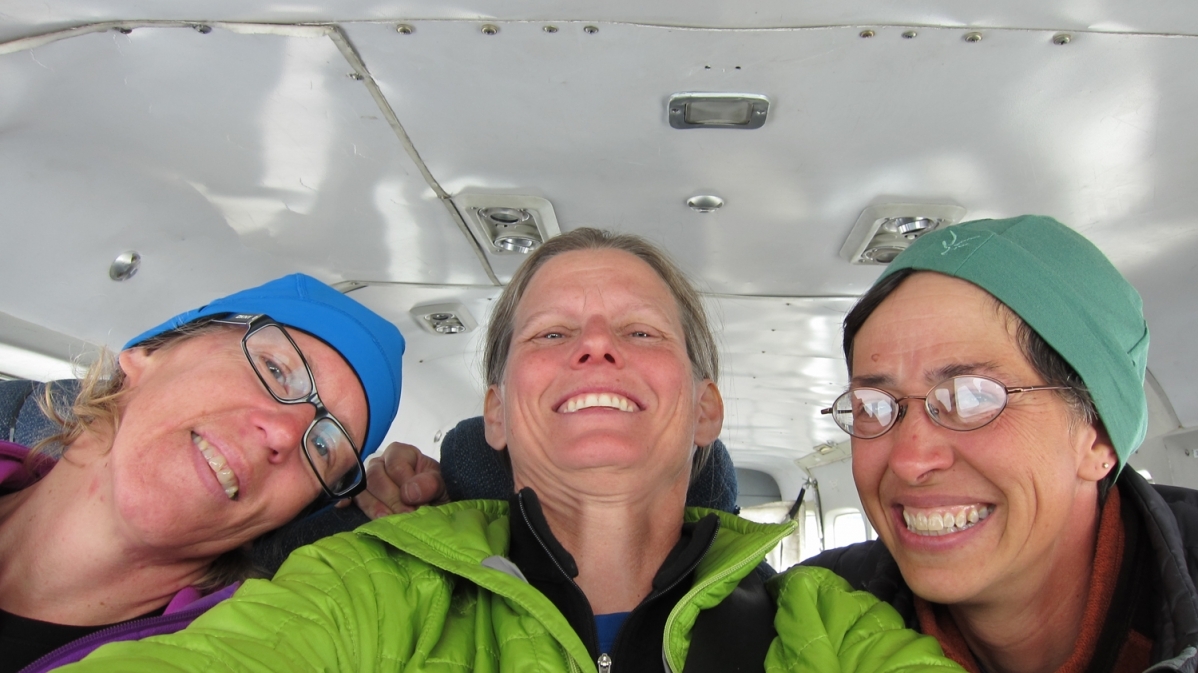Notes from the Field: 12 September 2015

Breidavik-Látrabjarg-Patreksfjördur-Dynjandi-Ísafjördur
This morning I stood at the westernmost point in Europe. The morning sun warmed the back of my neck as I searched, vainly, for Greenland in the distance. The silence was broken only by the occasional sighing of the wind, the staccato “whoosh” as fulmars cruised by on thermal updrafts and the lapping 1400′ below of the North Atlantic on a rocky shore.
Later, going back and forth, over and around vast fjords of aquamarine, I watched a seal rip and devour a freshly caught gull, red feet flashing amidst gray and white feathers before it was dragged under the sea. I saw numerous sheep grazing the kelp exposed by low tide. I watched a shag (that is, a European cormorant) try to swallow a fish that looked like a Yellow Irish Lord. That bird tried hard – it dropped the sculpin in the water, picked it up from new angles, tossed it about to get the head positioned correctly… And still that fish was just too wide! I saw a pair of swans with their young, in a high, high, mountain meadow. Every time I got out of my car I was amazed yet again by the stillness in the fjords… The only sounds I heard were birds, mostly eiders, and water. Water lapping at the shore, water tricking down gravelly stream beds, water tumbling over rocky precipes…
And towards the end of this day, I came around a switchback and I got my first glimpse of Dynjandi. “OMG,” I thought. I went around two more hairpin curves and got my second view. “OMG,” I thought. And so it went, until I pulled into the parking lot at the base of the series offals that comprise Dynjandi. The size of this waterfall is absolutely unimaginable. It doesn’t seem real, and yet there it is. I hiked up about a hundred meters just to get to the base (supposedly 60m across), and once there just simply stood there, watching and listening (you can’t hear anything except the thunderous cascading of water) for a good quarter-hour. Looking at this waterfall, watching it tumble and rage its way unfettered by man, all the way to the ocean; to see nature at her most awe-inspring; be so insignificant and yet to have the opportunity to witness this, brought tears to my eyes. To still be able to feels his kind of wonder is a joyous thing.
It was a good day. Other than the hundred or so miles of potholed roads that make Captains Bay seem like child’s play… But still, the bruised kidneys are a minute price to pay.















